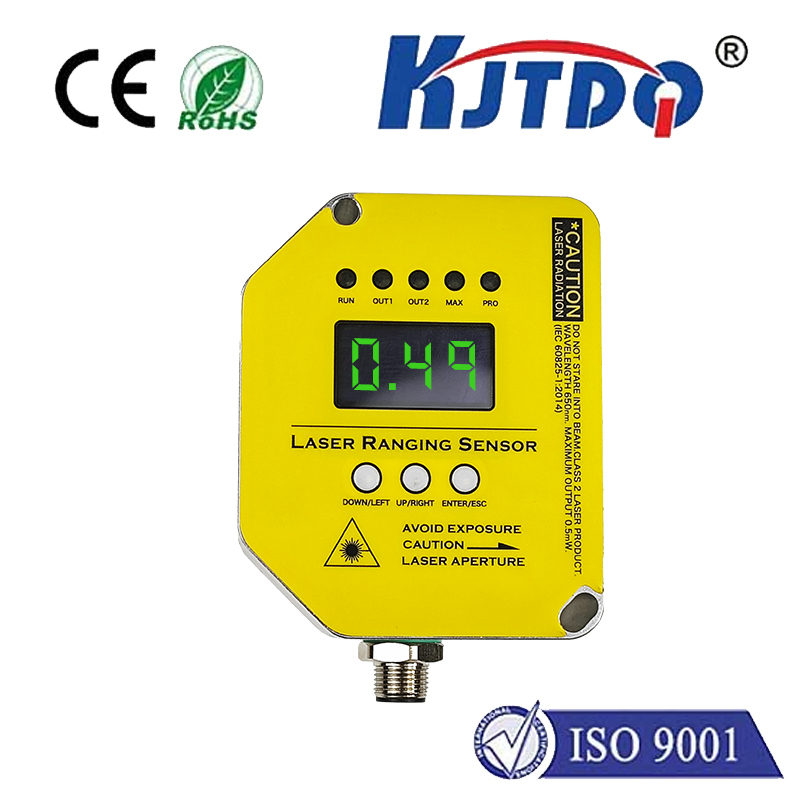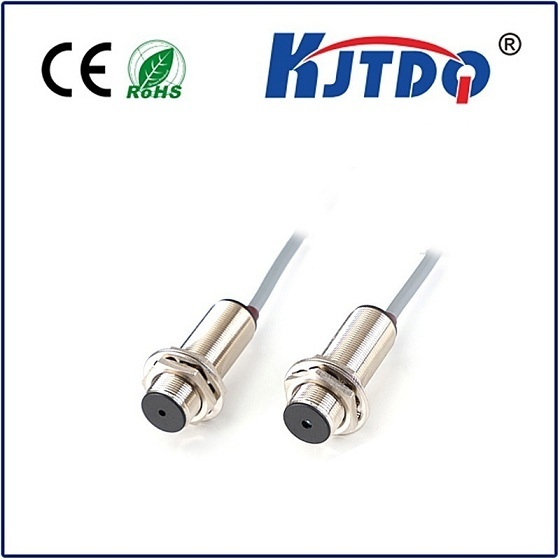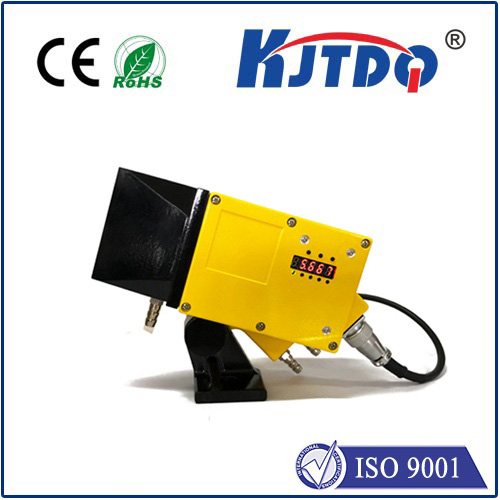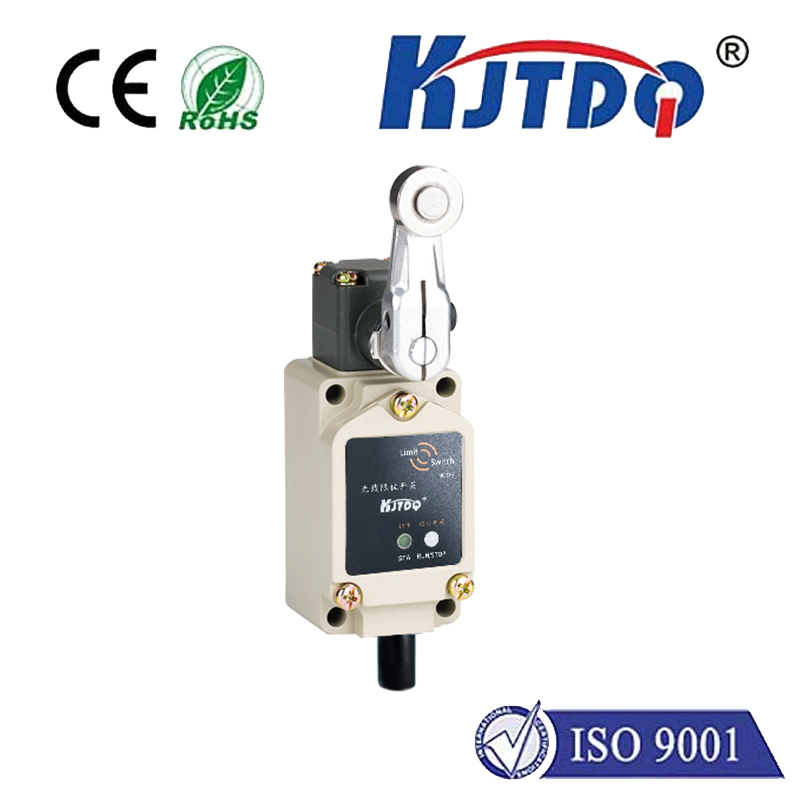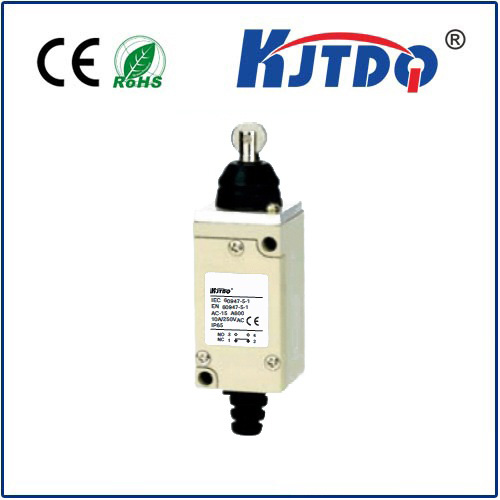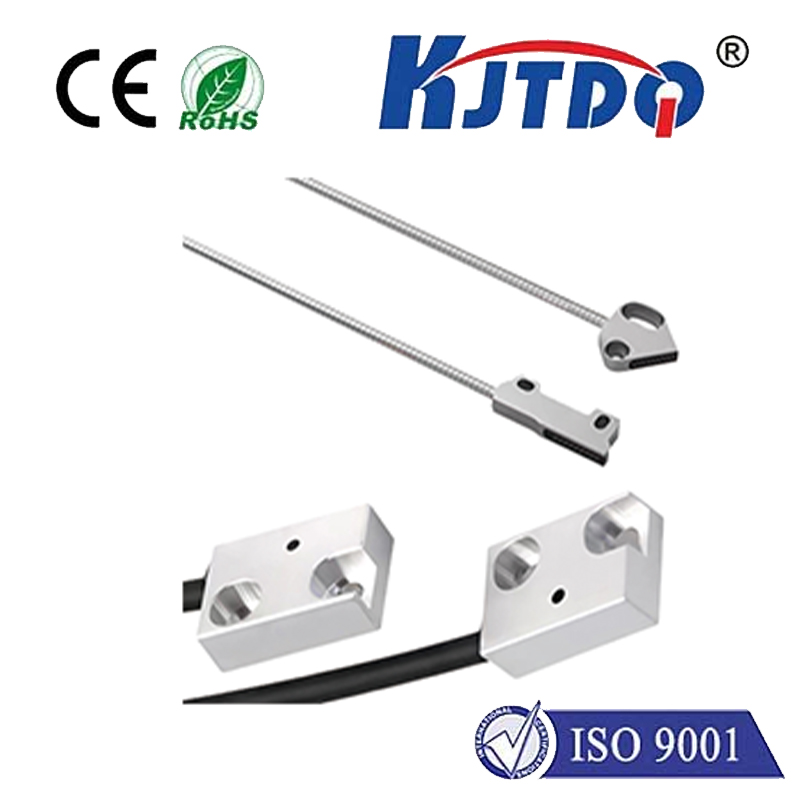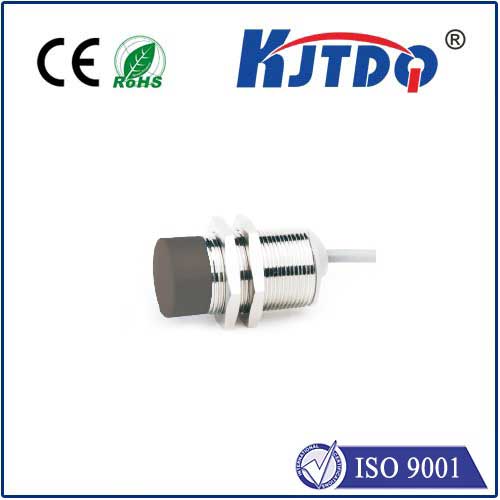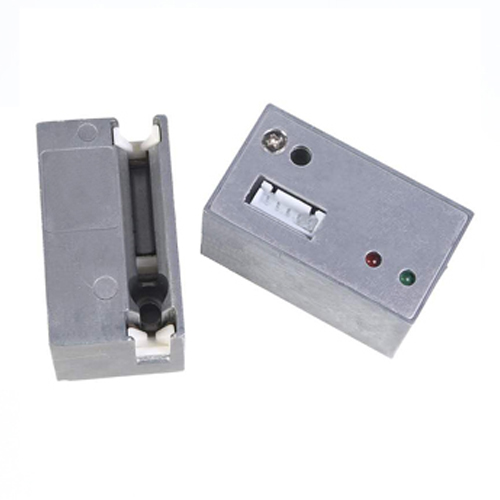proximity sensor rs485
- time:2025-09-05 16:12:37
- Нажмите:0
Industrial Connectivity: Leveraging RS485 with Proximity Sensors
Imagine a machine seamlessly detecting components on a fast-moving assembly line, or a robotic arm precisely stopping millimeters before collision. This everyday industrial magic often relies on a humble yet critical component: the proximity sensor. But how do these sensors communicate reliably in the harsh, noisy environments of factories, plants, and large-scale installations? Enter RS485, the robust communication backbone making it all possible. Understanding the synergy between proximity sensors and RS485 is key to building resilient and efficient automated systems.
The Indispensable Proximity Sensor: Sensing Without Touch
Proximity sensors are the silent sentinels of automation. These non-contact devices detect the presence or absence of an object within their sensing range, triggering an electrical signal without physical interaction. Common types include:
- Inductive Proximity Sensors: Detect metallic objects using electromagnetic fields. Rugged and reliable for industrial metal detection.
- Capacitive Proximity Sensors: Detect both metallic and non-metallic objects (liquids, plastics, wood) by measuring changes in capacitance. Ideal for level detection or material presence.
- Magnetic Proximity Sensors (Reed Switches/ Hall Effect): Detect permanent magnets, commonly used for position sensing like cylinder position feedback.
Their core advantage is robustness. Without moving parts or physical contact, they resist wear and tear, operate in dirty or wet conditions, and provide millions of reliable switching cycles.
The Challenge of Connectivity: Beyond Simple On/Off

While a basic proximity sensor might provide a simple on/off signal locally, modern industrial demands often require more:
- Monitoring Status Remotely: Knowing a sensor’s state (object present, faulty, etc.) from a central control room.
- Long-Distance Wiring: Connecting sensors hundreds or even thousands of meters away without signal degradation.
- Networked Systems: Integrating dozens or hundreds of sensors onto a single communication line for centralized control and diagnostics.
- Immunity to Noise: Rejecting electrical interference common in industrial settings near motors, welders, and heavy machinery.
Simple analog voltage signals or basic digital outputs struggle with these demands over distance and in noisy environments. This is where a robust communication protocol like RS485 becomes essential.
RS485: The Industrial Communication Workhorse
RS485 (officially TIA/EIA-485) is a standard defining the electrical characteristics of a balanced differential communication system. Its design makes it exceptionally suited for the industrial world:
- Balanced Differential Signaling: RS485 transmits data using two wires carrying inverted versions of the same signal. Noise picked up equally on both wires cancels out at the receiver, providing outstanding noise immunity.
- Multi-Drop Capability: Unlike simpler point-to-point interfaces (like RS232), RS485 is designed for multi-drop networks. One master device (like a PLC or controller) can communicate with up to 32 (or often more, with repeaters) slave devices (like RS485-enabled proximity sensors) on the same two-wire bus. This drastically reduces wiring complexity and cost.
- Long Distance Communication: Leveraging differential signaling, RS485 supports reliable communication over distances up to 1200 meters (4000 feet) at lower data rates, far exceeding the range of simple voltage outputs or RS232.
- Bidirectional Communication: Devices on an RS485 network can typically both transmit and receive data (though often configured as half-duplex, meaning not simultaneously), enabling advanced diagnostics and configuration.
The Power Couple: Integrating Proximity Sensors with RS485
Combining a proximity sensor with an RS485 interface module transforms a basic sensing element into an intelligent node on an industrial network. Here’s what makes this combination so powerful:
- Simplified Long-Range Wiring: Instead of running individual wires back to the control panel for each sensor far away, connect multiple sensors onto a single RS485 twisted-pair cable. This offers significant savings in cable costs and installation time.
- Centralized Monitoring and Control: A central PLC or SCADA system can poll each RS485 proximity sensor individually, reading its status (detection state, health diagnostics), and potentially even configuring parameters remotely. This enables real-time system visibility and control.
- Enhanced Diagnostics: Beyond just “object present,” many RS485-enabled sensors can report diagnostic information like over-temperature conditions, internal faults, or signal strength. This enables proactive maintenance before failures cause downtime.
- Scalability: Need to add more sensors? Simply connect them to the existing RS485 bus (within its load limits). This simplifies system expansion and upgrades.
- Protocol Agnostic: RS485 defines the electrical layer. Sensors implement a higher-layer application protocol on top, such as Modbus RTU (extremely common), Profibus DP, or other vendor-specific protocols. This allows compatible sensors from different manufacturers to coexist on the same network if using the same protocol.
Key Applications Where RS485 Proximity Sensors Shine
This robust combination finds application wherever reliable sensing over distance or in complex networks is required:
- Large Material Handling Systems: Monitoring conveyor belt jams, pallet presence, or door positions across sprawling warehouses or distribution centers.
- Factory Automation Lines: Sensing part presence, verifying assembly steps, or confirming robot end positions over long production lines.
- Remote Tank Farms & Pipeline Monitoring: Detecting valve positions, pump status, or liquid levels in hazardous or spread-out locations.
- Building Management Systems (BMS): Monitoring door/window security sensors, HVAC damper positions, or elevator floor sensing.
- Process Control Plants: Verifying equipment states (e.g., agitator position, gate open/close) within noisy processing areas.
- Agricultural Automation: Monitoring grain silo levels, irrigation valve positions, or machinery status across large fields or facilities.
Important Considerations for Implementation
Implementing an RS485 network with proximity sensors requires attention to detail:
- Bus Termination: Proper termination resistors (typically 120 Ohms) at both ends of the RS485 bus are crucial to prevent signal reflections and ensure data integrity, especially at higher speeds or long distances.
- Shielding: Using shielded twisted-pair cable for the RS485 bus is highly recommended. Ground the shield at one point only (usually at the master end) to minimize ground loops and maximize noise rejection.
- Baud Rate & Distance: Higher baud rates reduce maximum achievable distance. Balance the need for speed (polling many sensors quickly) with the required cable run length.
- Addressing: Every slave sensor on the bus must have a unique address configured (usually via DIP switches or software) so the master can communicate with it individually.
- Power Supply: The twisted pair carries the data signal. Sensors still require a separate power supply (often 10-30V DC). Planning for power distribution alongside the data bus is essential. Some systems use 3-wire approaches (Data A, Data B, 0V/GND) or 4-wire (adding +V) to simplify power delivery alongside data.
- Protocol Compatibility: Ensure all sensors and the master controller use the same application protocol (e.g., Modbus RTU) and adhere to its specifications regarding data formats, function codes, and timing.
By integrating the fundamental sensing capability of proximity sensors with the robust communication power of RS485, engineers create industrial networks that are resilient, scalable, cost-effective, and capable of providing critical data for modern automation. This powerful combination remains a cornerstone for reliable sensing across vast industrial landscapes.

